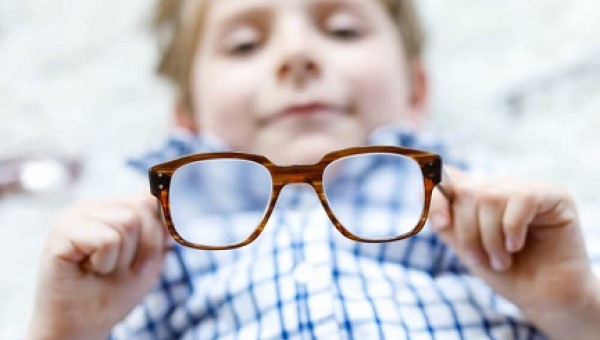The first day of school will be here before you know it. Summer may be the best time to schedule your child's school physical. One component of a school physical, or well care office visit, is a vision screening. Having healthy vision for school is important for children’s success in reading, writing, and participating in daily activities. Poor vision may lead to difficulty reading or comprehending assignments causing stress, frustration, and a shortened attention span. The American Academy of Pediatric Ophthalmology recommends annual vision screenings for school aged children.
Vision screenings can be performed by pediatricians, family practitioners, nurses, and technicians at regular well care office visits. In addition, health departments and schools often provide screening programs.
According to the American Optometrist’s Association, vision may change frequently during the school years. The most common problem is near sightedness, also known as myopia. Vision screenings help detect this condition and many other conditions such as astigmatism, farsightedness, strabismus (eye misalignment), cataracts, glaucoma, and more.
Signs that a child may have an underlying vision problem include:
- Avoiding reading, or holding any reading materials close to their faces
- Problems with reading comprehension and remembering what he or she may have read
- Frequent headaches
- Difficulty concentrating or paying attention for an extended period of time
- Frequently rub their eye or blink
- Experience double vision
In order to ensure that vision is not affecting your child’s school performance remember to schedule their yearly well child exams with their pediatrician. Call the office today to ensure an appointment before school begins. If your child already has an identified visual problem, continue regular follow up and wear corrective lenses as directed to prevent potential worsening or irreversible changes.




